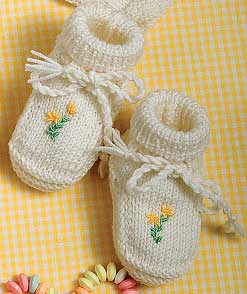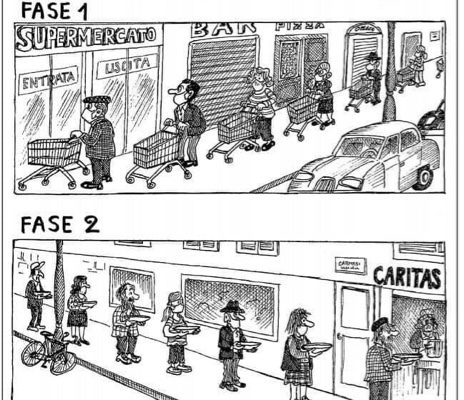mascherine: tutti i link sulla loro pericolosità.
 Con il termine Il microbiota umano si intende l’insieme di microorganismi simbiontici che convivono con l’organismo umano senza danneggiarlo, e facendogli anche parecchie cortesie, tra cui anche il solo fatto di esserci: con la loro presenza tengono alla larga colleghi più rognosi.
Con il termine Il microbiota umano si intende l’insieme di microorganismi simbiontici che convivono con l’organismo umano senza danneggiarlo, e facendogli anche parecchie cortesie, tra cui anche il solo fatto di esserci: con la loro presenza tengono alla larga colleghi più rognosi.Portate le mascherine così non sputerete addosso sgli altri i virus se starnutite, ma solo al chiuso e portate mascherite di tela semplice, lavabilie e stirabili ( il ferro da stiro sterilizza) e che non blocchino la vostra respirazione. Qualsiasi tipo di mascherina di quelle più performanti, anche la più banale, causa una maggiore presenza di co2 nell’ariainspirata.
E i guanti sono peggio ancora. In tutto il corpo abbiamo il microbiota che è composto da batteri, funghi e virus che abitano nel nostro organismo, principalmente nell’intestino ma anche sulla pelle. Questo microbiota riesce a “mangiare”, semplificando, gli aggressori esterni e quindi i virus. E’ un patrimonio di batteri utili a difenderci e che abbiamo sulla pelle. Se noi ci mettiamo i guanti, non abbiamo più questa difesa contro i virus esterni quindi la cassiera, la farmacista, il poliziotto che tengono i guanti ore ed ore, vengono a contatto col virus ma non hanno il microbiota che li difenda, quindi su quel guanto c’è il virus, non solo il Covid-19 ma un’infinità di virus. La cassiera che mette i guanti alle 8 del mattino e li toglie alle 20 della sera … saranno pieni di virus! Toccherà i vestiti, il denaro, il bancone. Quei guanti sono veicoli splendidi per i virus quindi non vanno portati“.
Con queste parole il dott. Stefano Montanari, un noto scienziato e nanopatologo bolognese, esprime la propria posizione rispetto all’utilizzo di guanti e mascherine.
- bin-Reza F et al. The use of mask and respirators to prevent transmission of influenza: A systematic review of the scientific evidence. Resp Viruses 2012;6(4):257-67.
- Zhu JH et al. Effects of long-duration wearing of N95 respirator and surgical facemask: a pilot study. J Lung Pulm Resp Res 2014:4:97-100.
- Ong JJY et al. Headaches associated with personal protective equipment- A cross-sectional study among frontline healthcare workers during COVID-19. Headache 2020;60(5):864-877.
- Bader A et al. Preliminary report on surgical mask induced deoxygenation during major surgery. Neurocirugia 2008;19:12-126.
- Shehade H et al. Cutting edge: Hypoxia-Inducible Factor-1 negatively regulates Th1 function. J Immunol 2015;195:1372-1376.
- Westendorf AM et al. Hypoxia enhances immunosuppression by inhibiting CD4+ effector T cell function and promoting Treg activity. Cell Physiol Biochem 2017;41:1271-84.
- Sceneay J et al. Hypoxia-driven immunosuppression contributes to the pre-metastatic niche. Oncoimmunology 2013;2:1 e22355.
- Blaylock RL. Immunoexcitatory mechanisms in glioma proliferation, invasion and occasional metastasis. Surg Neurol Inter 2013;4:15.
- Aggarwal BB. Nucler factor-kappaB: The enemy within. Cancer Cell 2004;6:203-208.
- Savransky V et al. Chronic intermittent hypoxia induces atherosclerosis. Am J Resp Crit Care Med 2007;175:1290-1297.
- Baig AM et al. Evidence of the COVID-19 virus targeting the CNS: Tissue distribution, host-virus interaction, and proposed neurotropic mechanisms. ACS Chem Neurosci 2020;11:7:995-998.
- Wu Y et al. Nervous system involvement after infection with COVID-19 and other coronaviruses. Brain Behavior, and Immunity, In press.
- Perlman S et al. Spread of a neurotropic murine coronavirus into the CNS via the trigeminal and olfactory nerves. Virology 1989;170:556-560.
- https://accountingweekly.com/face-masks-pose-serious-risks-to-the-healthy-blaylock/










